Gardening can be a rewarding and therapeutic hobby, but it’s not without its challenges. Even the most seasoned gardeners can make mistakes that can harm their plants. If you’ve noticed your plants struggling or not thriving as you’d hoped, you might be guilty of one of these common gardening blunders. Here are five gardening mistakes that could be destroying your plants, along with tips on how to fix them!
1. Overwatering
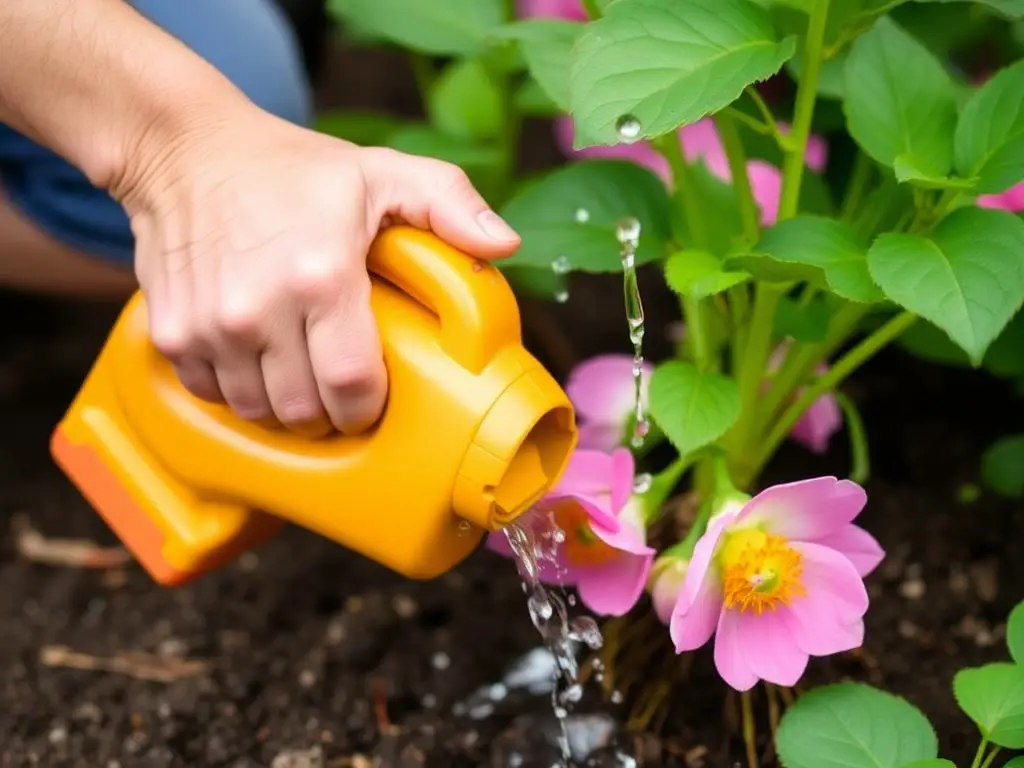
The Mistake: One of the most common mistakes gardeners make is overwatering their plants. While it’s essential to keep plants hydrated, too much water can lead to root rot and other issues.
How to Fix It:
- Check Soil Moisture: Before watering, stick your finger about an inch into the soil. If it feels dry, it’s time to water. If it’s still moist, wait a few more days.
- Use Well-Draining Soil: Ensure your potting mix or garden soil has good drainage. Adding perlite or sand can help improve drainage.
- Water Deeply but Infrequently: When you do water, do so thoroughly, allowing water to reach the root zone. This encourages deeper root growth.
2. Ignoring Sunlight Requirements
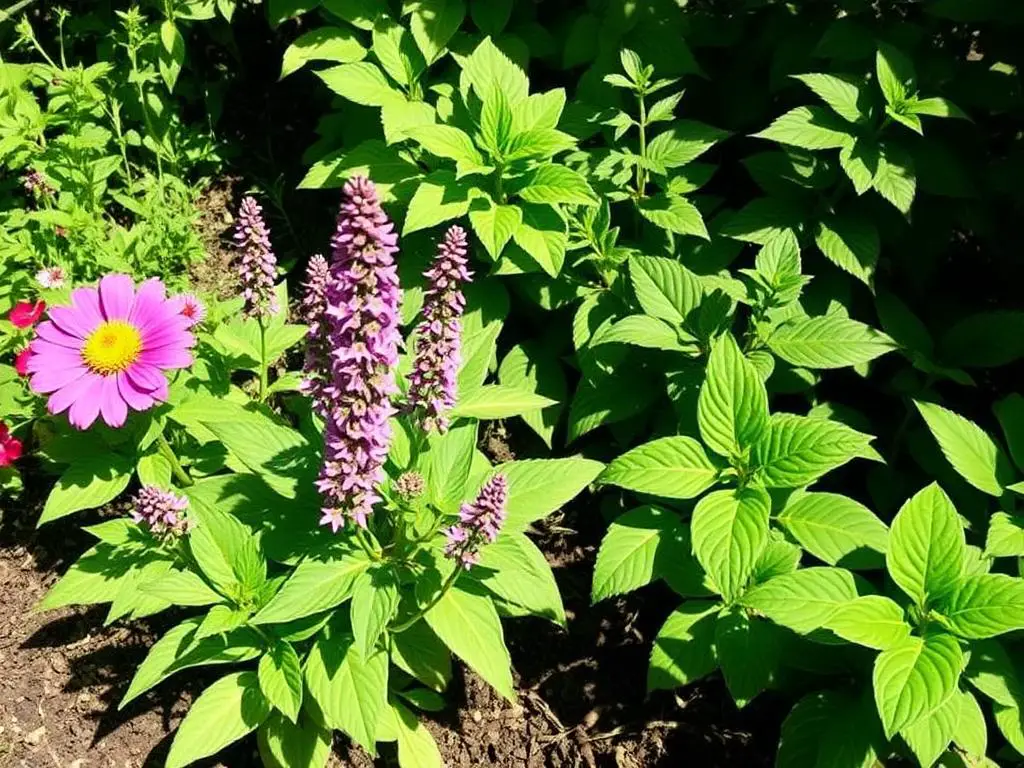
The Mistake: Different plants have varying light requirements, and placing them in the wrong location can stunt their growth or cause them to become leggy and weak.
How to Fix It:
- Research Plant Needs: Before planting, research the light requirements of each plant. Some thrive in full sun, while others prefer partial shade.
- Observe Sun Patterns: Take note of how sunlight moves through your garden throughout the day. Adjust the placement of your plants accordingly to ensure they receive the right amount of light.
3. Neglecting Soil Health
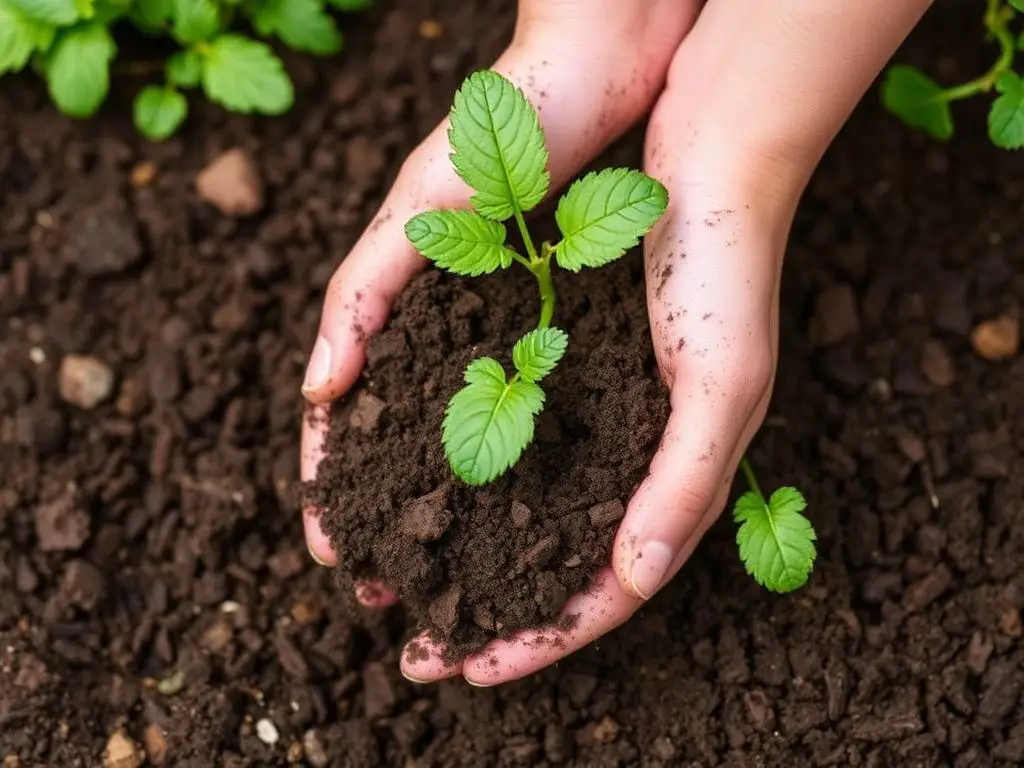
The Mistake: Healthy plants start with healthy soil. Many gardeners overlook the importance of soil health, leading to nutrient deficiencies and poor plant growth.
How to Fix It:
- Test Your Soil: Conduct a soil test to determine pH levels and nutrient content. This will help you understand what amendments your soil may need.
- Add Organic Matter: Incorporate compost, well-rotted manure, or other organic materials into your soil to improve its structure and nutrient content.
- Rotate Crops: If you’re growing vegetables, practice crop rotation to prevent nutrient depletion and reduce the risk of disease.
4. Planting Too Close Together
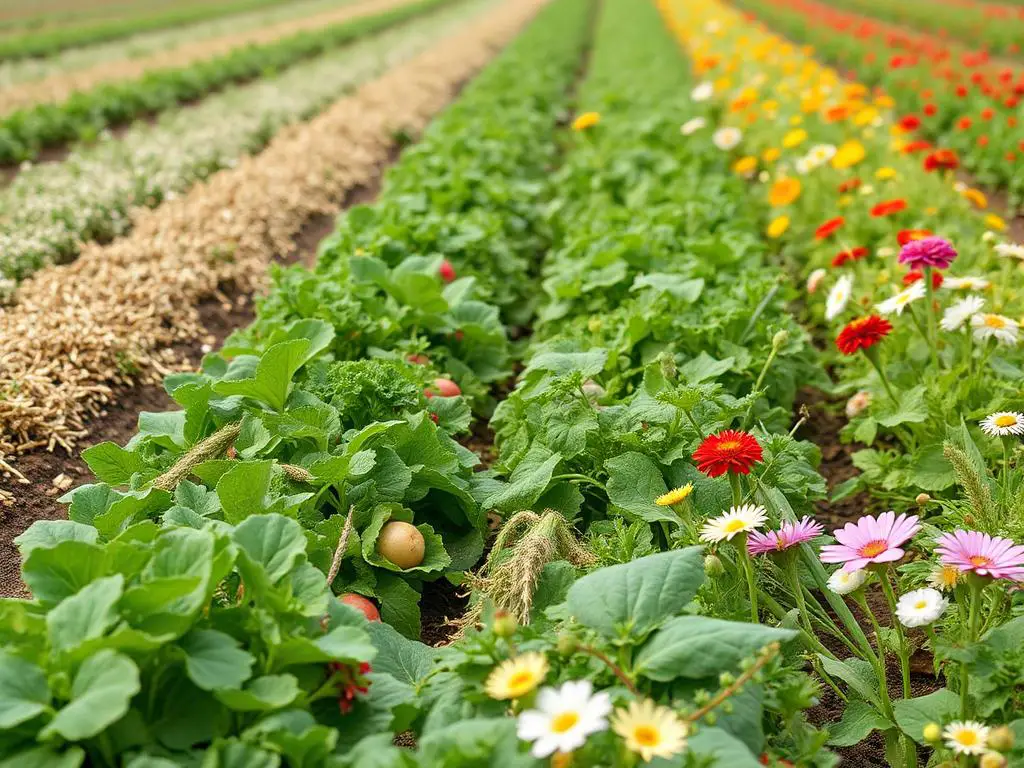
The Mistake: Overcrowding plants can lead to competition for resources, poor air circulation, and increased susceptibility to pests and diseases.
How to Fix It:
- Follow Spacing Guidelines: Refer to seed packets or plant tags for recommended spacing between plants. This will help ensure each plant has enough room to grow.
- Thin Seedlings: If you’ve sown seeds too densely, thin them out once they’ve sprouted. Remove the weakest seedlings to give the remaining ones more space.
5. Ignoring Pest and Disease Signs
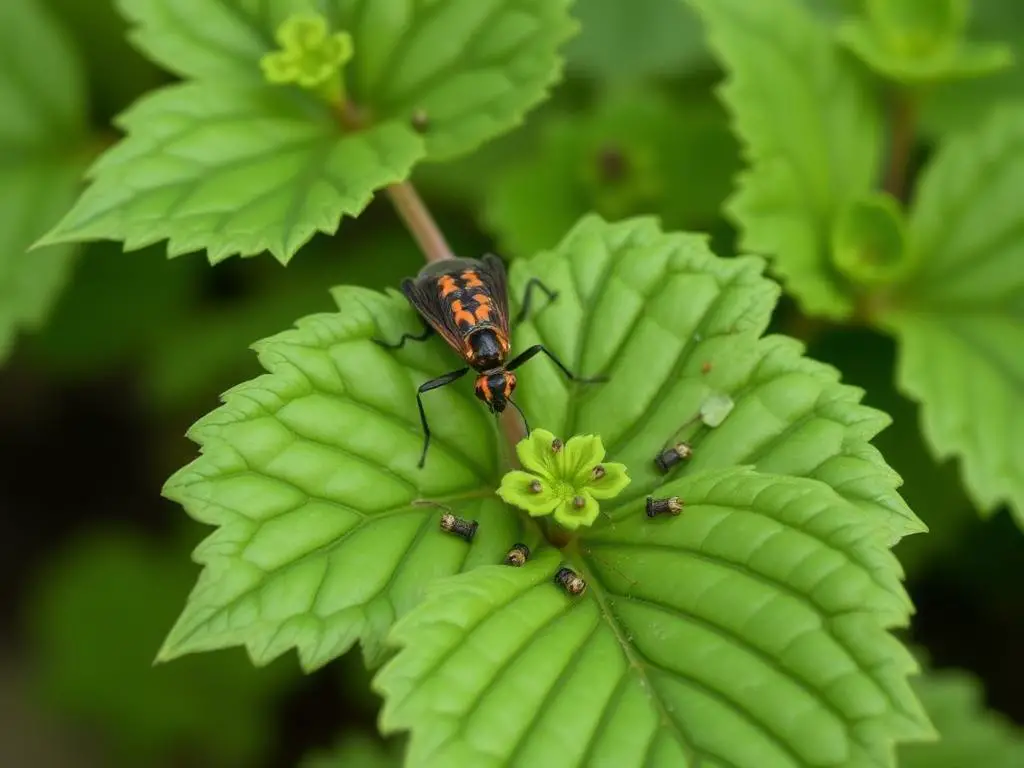
The Mistake: Many gardeners fail to notice early signs of pests or diseases, allowing problems to escalate and potentially devastate their plants.
How to Fix It:
- Regularly Inspect Plants: Make it a habit to check your plants for any signs of distress, such as discolored leaves, holes, or webbing. Early detection is key to effective treatment.
- Use Integrated Pest Management (IPM): Implement IPM strategies, such as introducing beneficial insects, using organic pesticides, and practicing good sanitation, to manage pests and diseases without harming your plants.
Conclusion
Gardening is a learning experience, and mistakes are part of the journey. By being aware of these common gardening blunders and taking steps to correct them, you can create a thriving garden that brings you joy and satisfaction. Remember, every gardener makes mistakes—what matters is how you learn and grow from them. Happy gardening! 🌱🌼🌿
